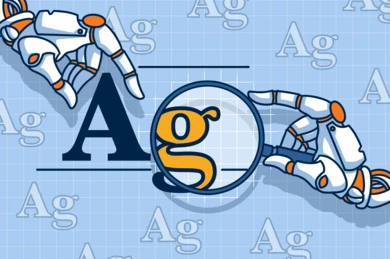
Discover the importance of UI font size guidelines for creating accessible and visually appealing UI designs. Learn the best practices for typography in UI, including consistency, hierarchy, and responsiveness, and elevate your user experience to the next level.





